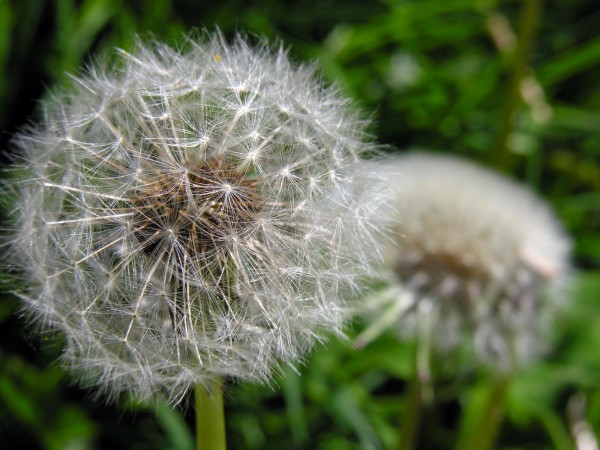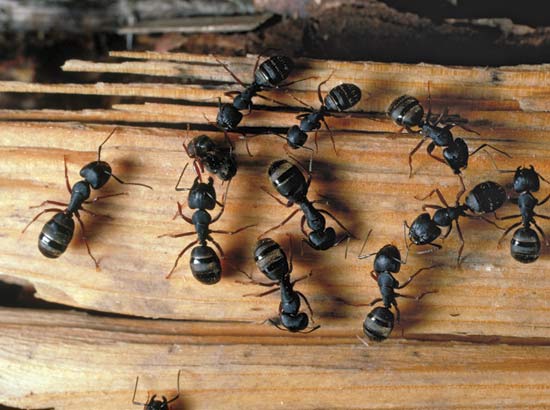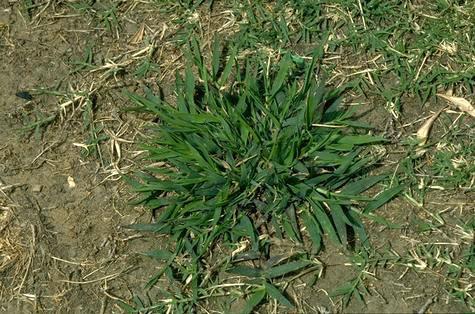Killing Dandelions
It’s that time of year again. The smell of spring is in the air and we all know what that means – the farmer who owns the field on the corner just applied a couple of tons of organic pig fertilizer. Also, your yard is full of dandelions. Don’t worry, though. It’s easier to get rid of dandelions and keep them away than many people think.
Dandelions are hardy perennials that were originally brought here from Europe as ornamental plants. Pioneers ate them as salad and even planted them on the sod roofs of their prairie homes. But tastes change and houses made of dirt are no longer as popular as they once were, leaving the poor dandelion no place to go but your lawn. Fortunately, there are several effective ways to get rid of them.
An often-overlooked solution for controlling the common dandelion, also known as taxaracum officinale, is the common goat, also known as fertilizer distributeverywhereicus. A small herd of goats will quickly eliminate even the worst dandelion infestation and replace it with valuable organic fertilizer. You will soon have the greenest lawn in the subdivision. Unfortunately, some people are allergic to goats. In that case, don’t despair; there are other solutions available.
Many people believe that pulling dandelions is ineffective. This is not true. The trick to pulling dandelions, according to the horticulture department at Iowa State University, is to pull out the entire long taproot. This is no small feat, since a dandelion taproot, if stretched out lengthwise, could easily encircle the globe several times. Start with damp soil. Grab the entire plant firmly and cut deeply into the dirt with a screwdriver or a specially designed dandelion weeder, then pry the taproot loose so that you can pull it out. Even a small piece of leftover taproot is enough to grow a whole new plant, however, so be on the lookout for new seedlings, which can usually be pulled easily if caught early.
Dandelions are broadleaf weeds, so a broadleaf herbicide is also an effective way to get rid of them before they take over and force your carefully tended grass to do their evil bidding. Iowa State University recommends applying the herbicide to wet grass that has been left uncut for 2-3 days. Waiting another 2-3 days after the application before you mow will allow the herbicide time to be absorbed into the root and prevent it from being thrown out with the grass-clippings. Be sure to carefully follow the directions on the packaging.
You can prevent next year’s dandelion invasion by taking special care to pull new plants before they reach the white “puffball” stage (dandelions are also spread by those tiny seeds) and by applying herbicide again in the fall when the roots are actively siphoning off nutrients from the leaves. It’s the ideal time to treat because the roots will also siphon off the herbicide, sealing their fate and ensuring they won’t be back in the spring.




